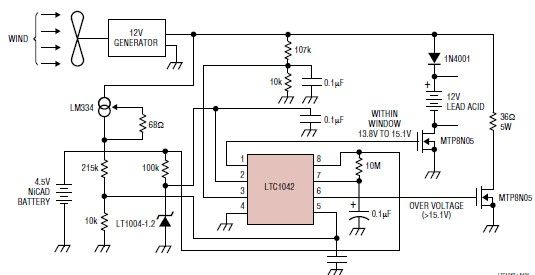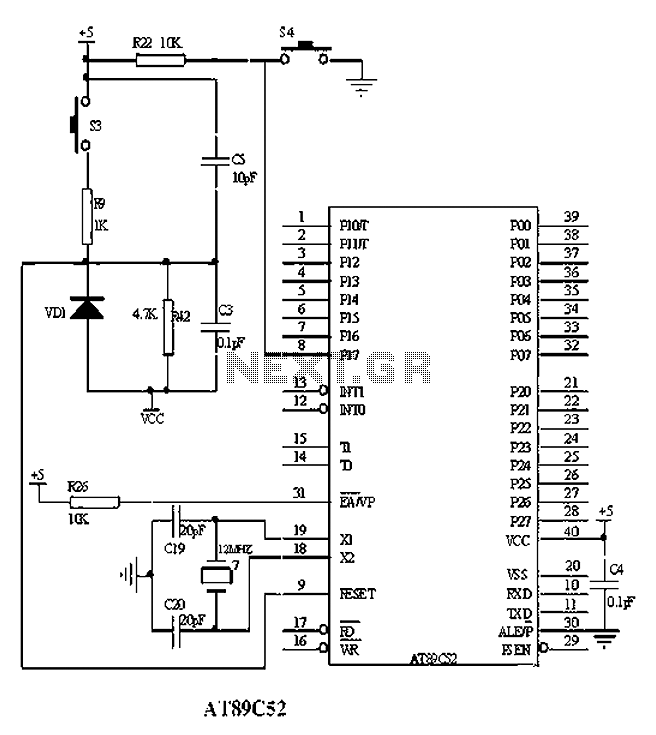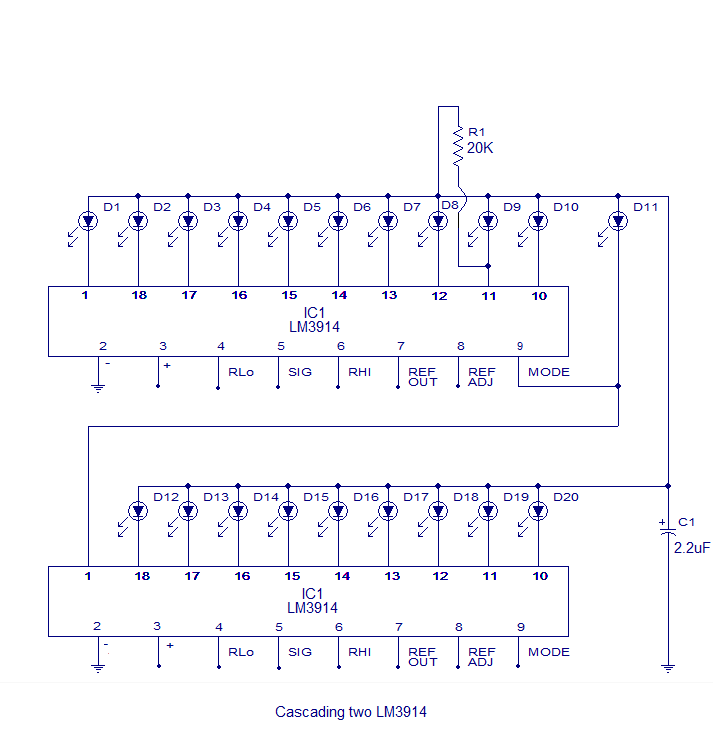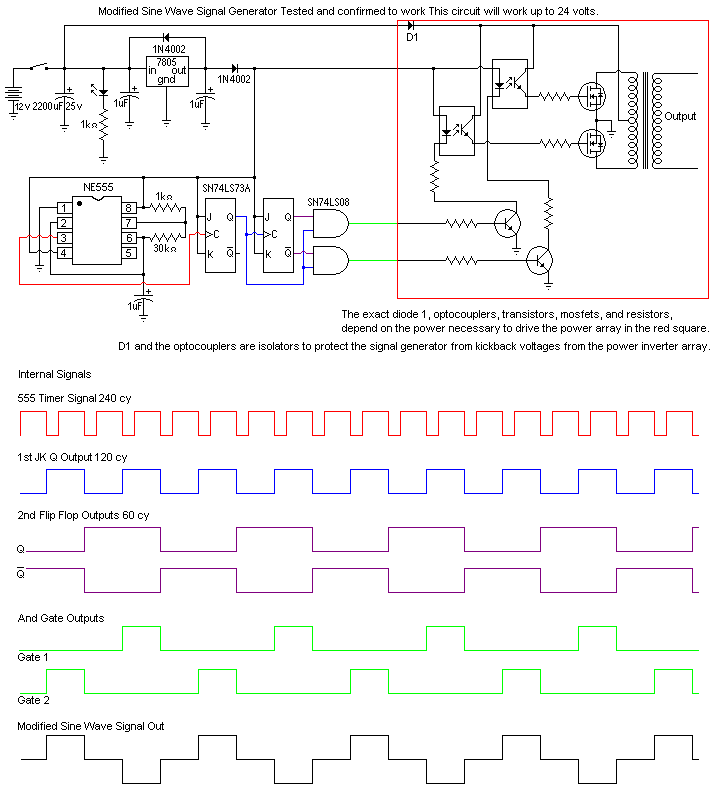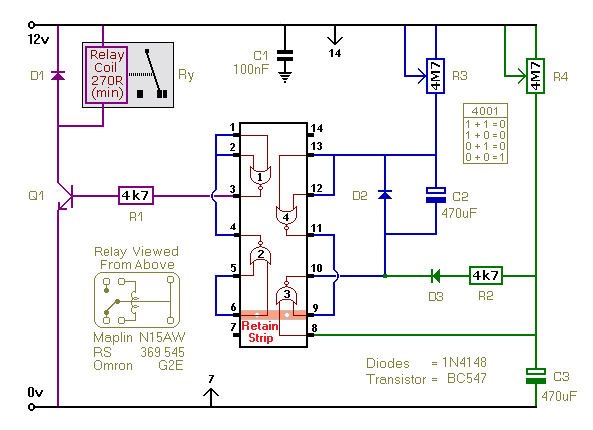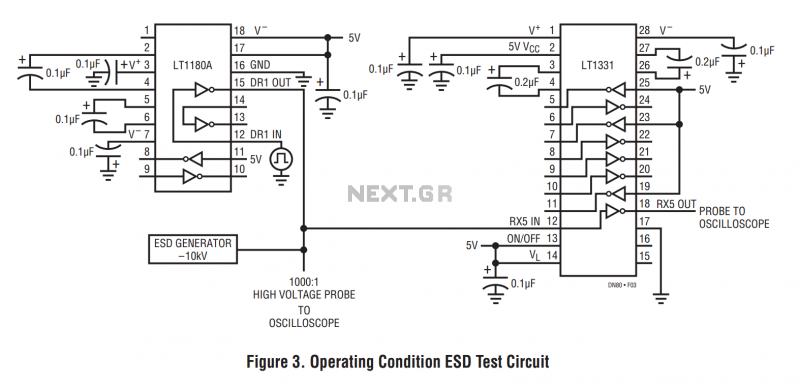
Power disconnection alarm circuit diagram
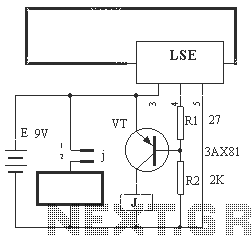
The circuit operation principle of the device illustrated in Figure 13 is as follows: When the barbed wire (Fe) remains intact, the output pin (O) of the LSE is at a high state. Consequently, the transistor (VT) remains off, and the relay (J) is not activated, preventing the alarm from sounding. However, if the barbed wire (Fe) is cut at any point, the output pin (O) of the LSE changes from high to low, which causes the transistor (VT) to conduct. This activation pulls in the relay (J), closing its normally open contact and connecting the power to the alarm circuit, thereby triggering the alarm.
The electronic circuit described operates as a security system that utilizes a barbed wire sensor to detect unauthorized tampering. The core components include a barbed wire sensor (Fe), a logic signal emitter (LSE), a transistor (VT), and a relay (J).
When the barbed wire is intact, it completes a circuit that keeps the output pin of the LSE in a high state. This condition ensures that the transistor (VT) remains in an off state, which prevents current from flowing through the relay (J). As a result, the relay does not engage, and the alarm remains inactive.
In the event that the barbed wire is cut, the circuit is disrupted, leading to a drop in the voltage at the output pin of the LSE from high to low. This transition triggers the transistor (VT) to enter a conductive state, allowing current to flow through it. The activation of the transistor energizes the relay (J), which is designed to close its normally open contact. This closure connects the power supply to the alarm circuit, effectively turning the alarm on.
The design of this circuit emphasizes reliability and responsiveness to tampering events, making it suitable for various security applications. The choice of components, such as the transistor and relay, should be made based on the expected load of the alarm system and the environmental conditions in which the circuit will operate. Proper placement of the barbed wire and the circuit components is crucial for optimal performance and to ensure that the system can effectively detect breaches.Circuit operation principle of the device shown in Figure 13. When the barbed wire Fe intact, LSE's O, feet collusion between its pin output high, the transistor VT end, the relay J is released, the alarm does not work. If Fe barbed wire was cut (any period), then the LSE O, feet equivalent open, it feet is the original high state to a low state, transistor VT conduction, so that the relay J excitation pull its normally open contact j closure, connected to the alarm circuit power, then alarm.
The electronic circuit described operates as a security system that utilizes a barbed wire sensor to detect unauthorized tampering. The core components include a barbed wire sensor (Fe), a logic signal emitter (LSE), a transistor (VT), and a relay (J).
When the barbed wire is intact, it completes a circuit that keeps the output pin of the LSE in a high state. This condition ensures that the transistor (VT) remains in an off state, which prevents current from flowing through the relay (J). As a result, the relay does not engage, and the alarm remains inactive.
In the event that the barbed wire is cut, the circuit is disrupted, leading to a drop in the voltage at the output pin of the LSE from high to low. This transition triggers the transistor (VT) to enter a conductive state, allowing current to flow through it. The activation of the transistor energizes the relay (J), which is designed to close its normally open contact. This closure connects the power supply to the alarm circuit, effectively turning the alarm on.
The design of this circuit emphasizes reliability and responsiveness to tampering events, making it suitable for various security applications. The choice of components, such as the transistor and relay, should be made based on the expected load of the alarm system and the environmental conditions in which the circuit will operate. Proper placement of the barbed wire and the circuit components is crucial for optimal performance and to ensure that the system can effectively detect breaches.Circuit operation principle of the device shown in Figure 13. When the barbed wire Fe intact, LSE's O, feet collusion between its pin output high, the transistor VT end, the relay J is released, the alarm does not work. If Fe barbed wire was cut (any period), then the LSE O, feet equivalent open, it feet is the original high state to a low state, transistor VT conduction, so that the relay J excitation pull its normally open contact j closure, connected to the alarm circuit power, then alarm.
Warning: include(partials/cookie-banner.php): Failed to open stream: Permission denied in /var/www/html/nextgr/view-circuit.php on line 713
Warning: include(): Failed opening 'partials/cookie-banner.php' for inclusion (include_path='.:/usr/share/php') in /var/www/html/nextgr/view-circuit.php on line 713
